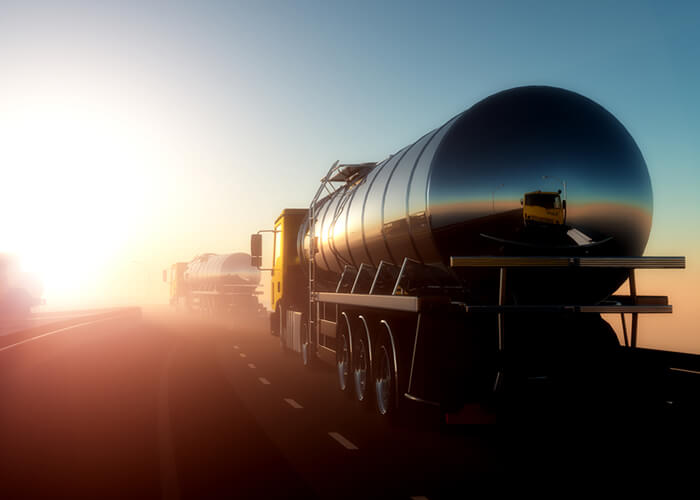Fuel Saving Statistics

This year the EPA published planned guidelines for increasing the fuel efficiency of tractor trailers, thus saving greenhouse gas emissions beginning in 2014. While the new rules were developed with input and recommendations by trucking companies, many independent operators and small carriers are concerned about what this may mean to their bottom line.
To be clear, the EPA rules are not a small nudge toward efficiency, but an aggressive push to save millions of gallons of fuel a year. How much? The EPA press release states all fleet tractors, “will be required to achieve up to approximately 20 percent reduction in fuel consumption and greenhouse gas emissions by model year 2018, saving up to 4 gallons of fuel for every 100 miles traveled. ” The EPA believes that this will in turn save nearly 530 million barrels of oil between 2014 and 2018, save owners and operators nearly $50 billion in fuel costs and improve air quality around the country.
The EPA may be proud of their big plans, but most truck drivers know that tractor trailer manufacturers and private carriers are already working tirelessly to find new ways to improve fuel efficiency of their fleets. Just have a look at this fun infographic that details ways carriers and engineers are working together to save fuel, and what we could do with the savings.